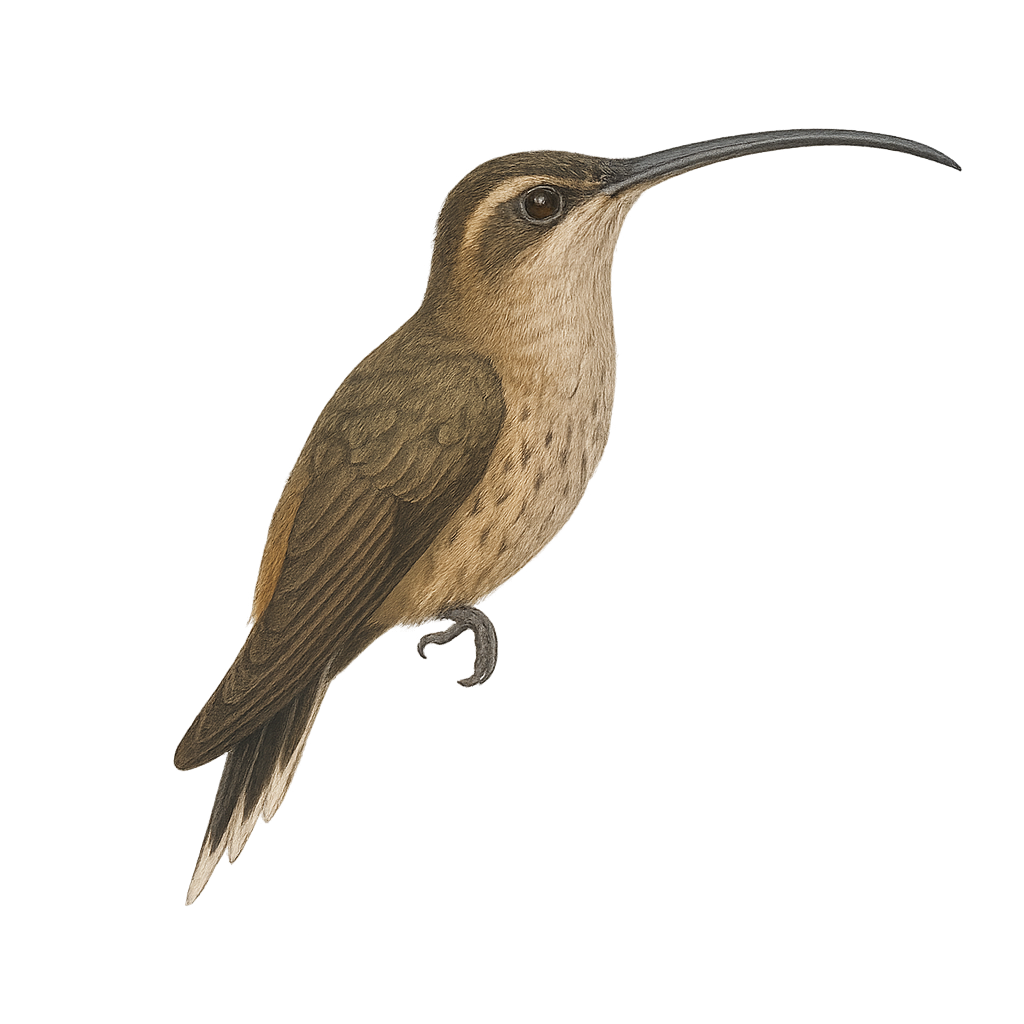Your wildlife photography guide.
Explore the mexican hermit in detail, study its behavior, prepare your shots.
Where to observe and photograph the mexican hermit in the wild
Learn where and when to spot the mexican hermit in the wild, how to identify the species based on distinctive features, and what natural environments it inhabits. The WildlifePhotographer app offers tailored photography tips that reflect the mexican hermit’s behavior, helping you capture better wildlife images. Explore the full species profile for key information including description, habitat, active periods, and approach techniques.
Mexican Hermit
Scientific name: Phaethornis mexicanus

IUCN Status: Least Concern
Family: TROCHILIDAE
Group: Birds
Sensitivity to human approach: Suspicious
Minimum approach distance: 5 m
Courtship display: March to June
Incubation: 15-17 jours
Hatchings: March to July
Habitat:
tropical rainforests, forest edges, wooded areas
Activity period :
Primarily active during the day, with peak activity in the morning and late afternoon.
Identification and description:
The Mexican Hermit, or Phaethornis mexicanus, is a fascinating hummingbird primarily inhabiting the tropical rainforests of Mexico and Central America. This small bird is distinguished by its brown-green plumage, long curved beak, and spatula-shaped tail. It is often seen darting swiftly from flower to flower, using its specialized beak to extract nectar. The Mexican Hermit plays a crucial role in the pollination of local plants. Although mostly solitary, it can sometimes be seen in small groups during the breeding season. Its song is a soft hum, often heard before it is seen. Despite its delicate appearance, this bird is resilient and adapts well to its environment, although it is threatened by deforestation.
Recommended lens:
400mm – adjust based on distance, desired framing (portrait or habitat), and approach conditions.
Photography tips:
To photograph the Mexican Hermit, it is advisable to use a lens of 400 mm or more to capture precise details without disturbing the bird. Look for areas where flowers are abundant, as these birds are often attracted to nectar sources. Be patient and discreet, as they can be suspicious. Use a tripod to stabilize your camera and adjust the shutter speed to capture their rapid flight. The natural light of the morning or afternoon can offer the best lighting conditions.
The WildlifePhotographer App is coming soon!
Be the first to explore the best nature spots, track rutting seasons, log your observations, and observe more wildlife.
Already 1 432 wildlife lovers subscribed worldwide

